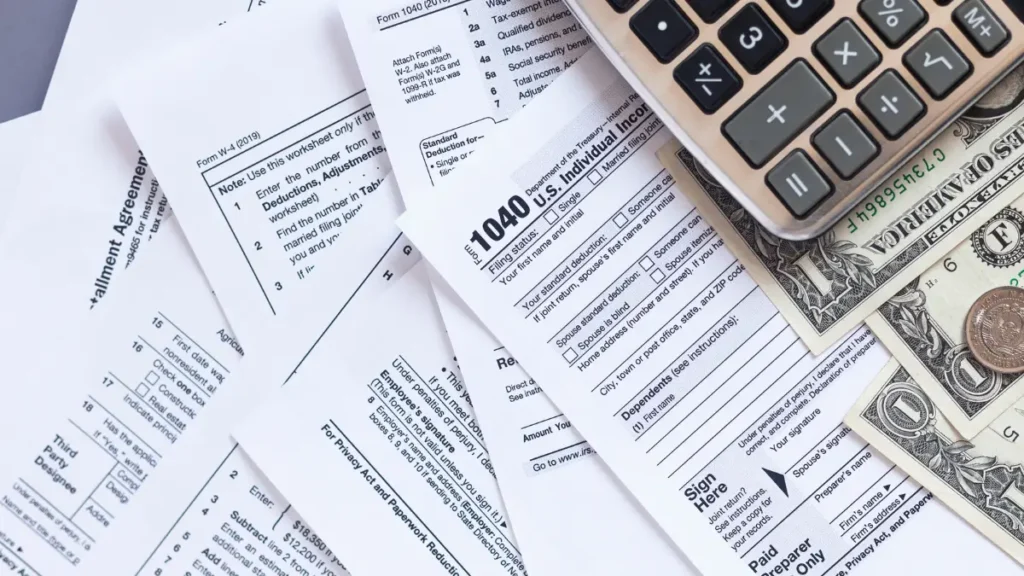Understand your tax bracket
Knowing where you are in the world is step 1 on progressing in it.
In the United States, we operate on a progressive system. This means that making more money will mean more taxes, but this isn’t always a bad thing! There are seven federal income tax brackets: 10%, 12%, 22%, 24%, 32%, 35% and 37%.
No matter which bracket you’re in, you probably won’t pay that rate on your entire income. There are two reasons:
- You can subtract deductions, which is why your entire salary usually isn’t also your taxable income.
- The big thing people don’t understand is the way the brackets work. Your money is taxed by the bracket, not by your overall earnings. The government will take your income, put it in chunks, and tax according to their brackets.
For example, let’s say you’re a single filer with $32,000 in taxable income. That puts you in the 12% tax bracket in 2020. But do you pay 12% on all $32,000? No. Actually, you pay only 10% on the first $9,875; you pay 12% on the rest. This means increasing your salary and income can only benefit you, staying below the next tax bracket will not save you money in the long run.
Understand your income, understand your taxable income, and understand your benefits. These tips will guide you towards a more lucrative tomorrow!

